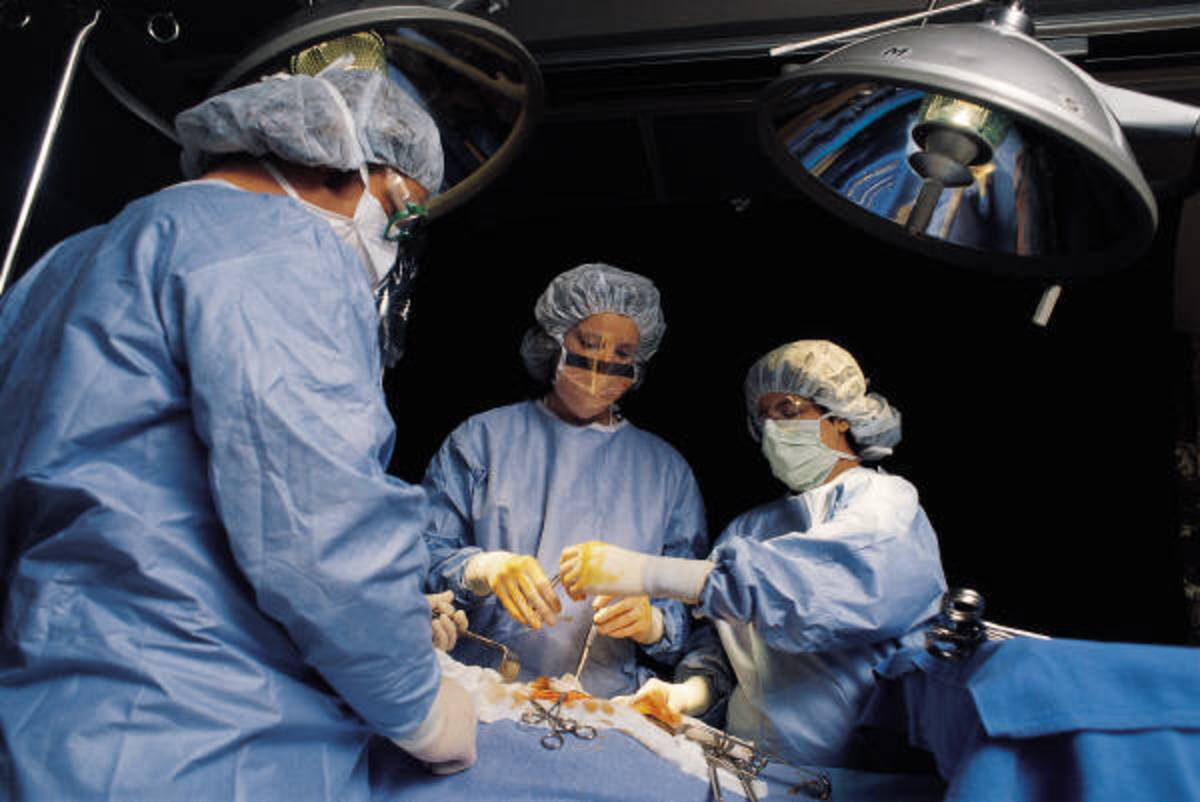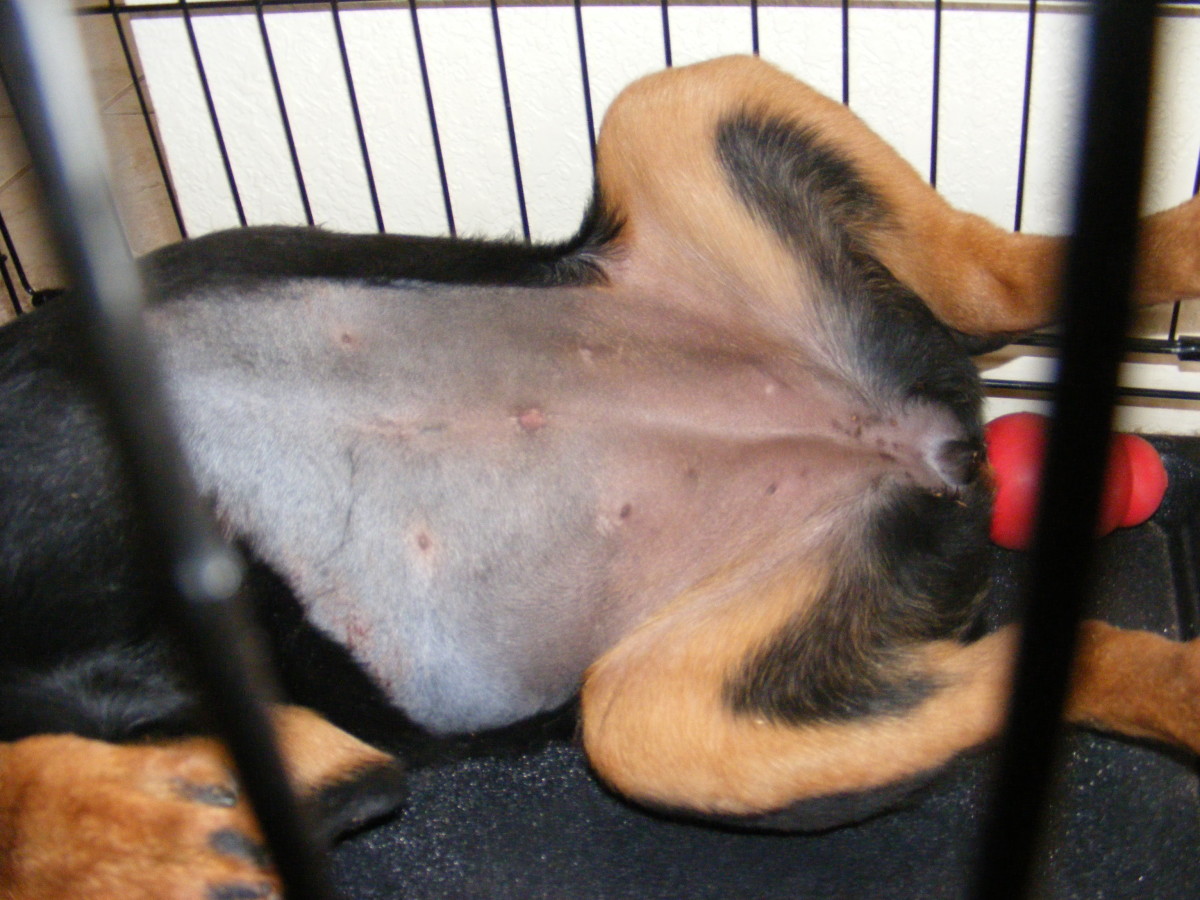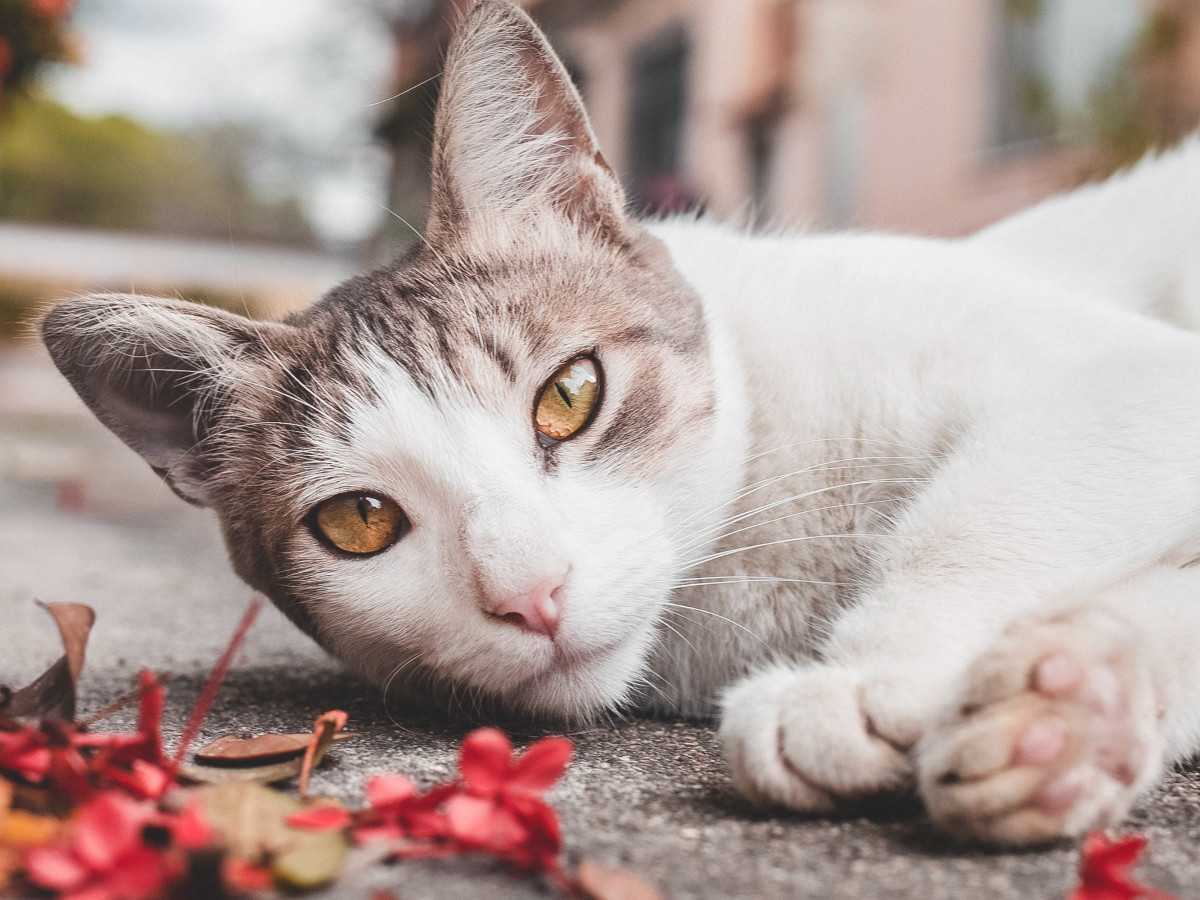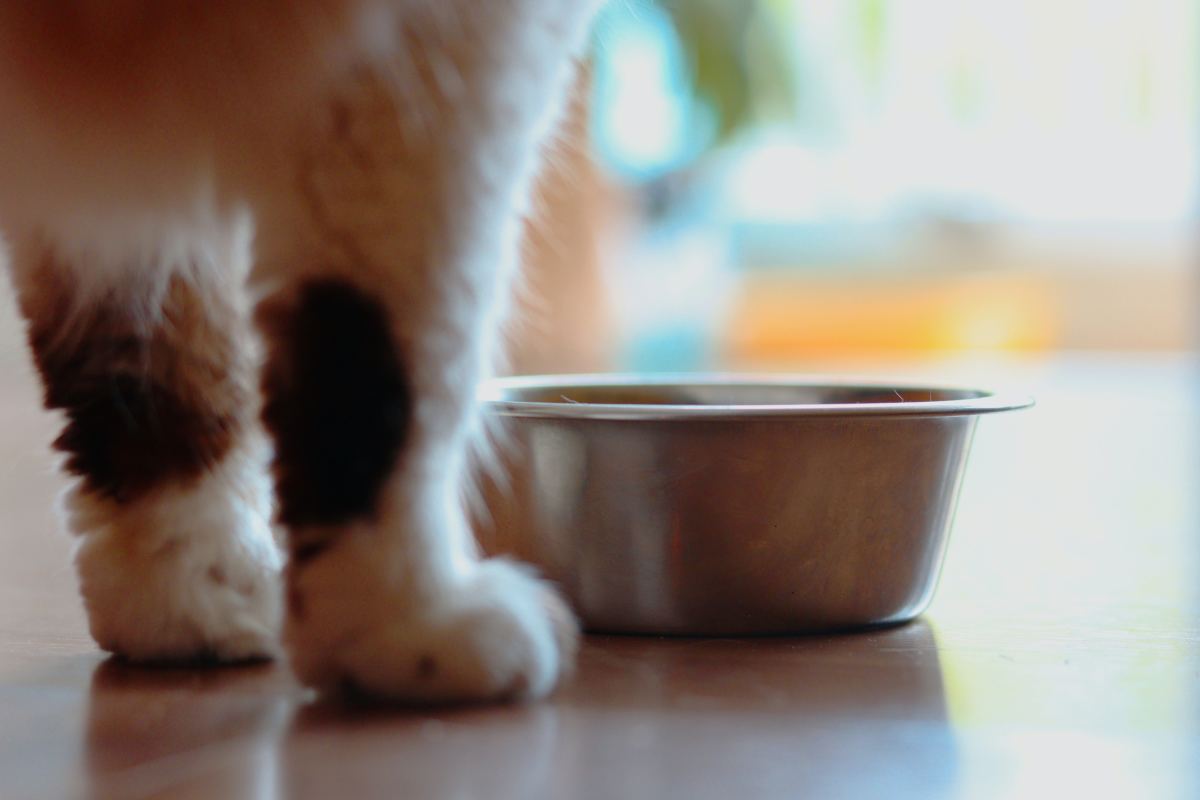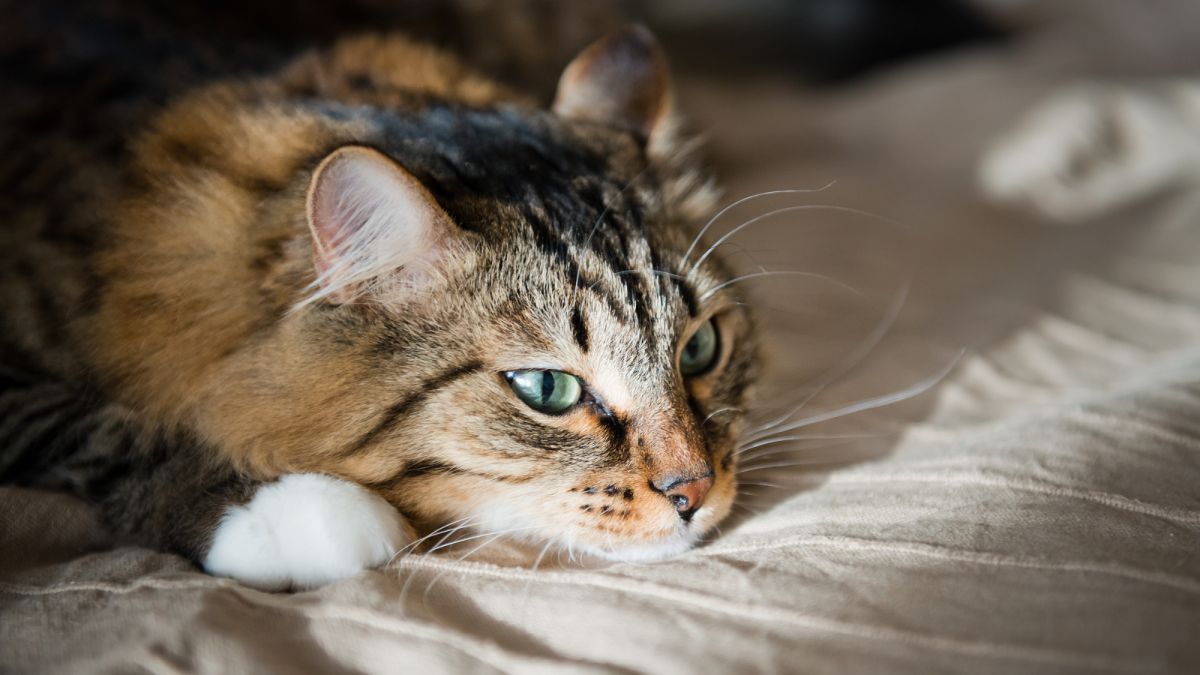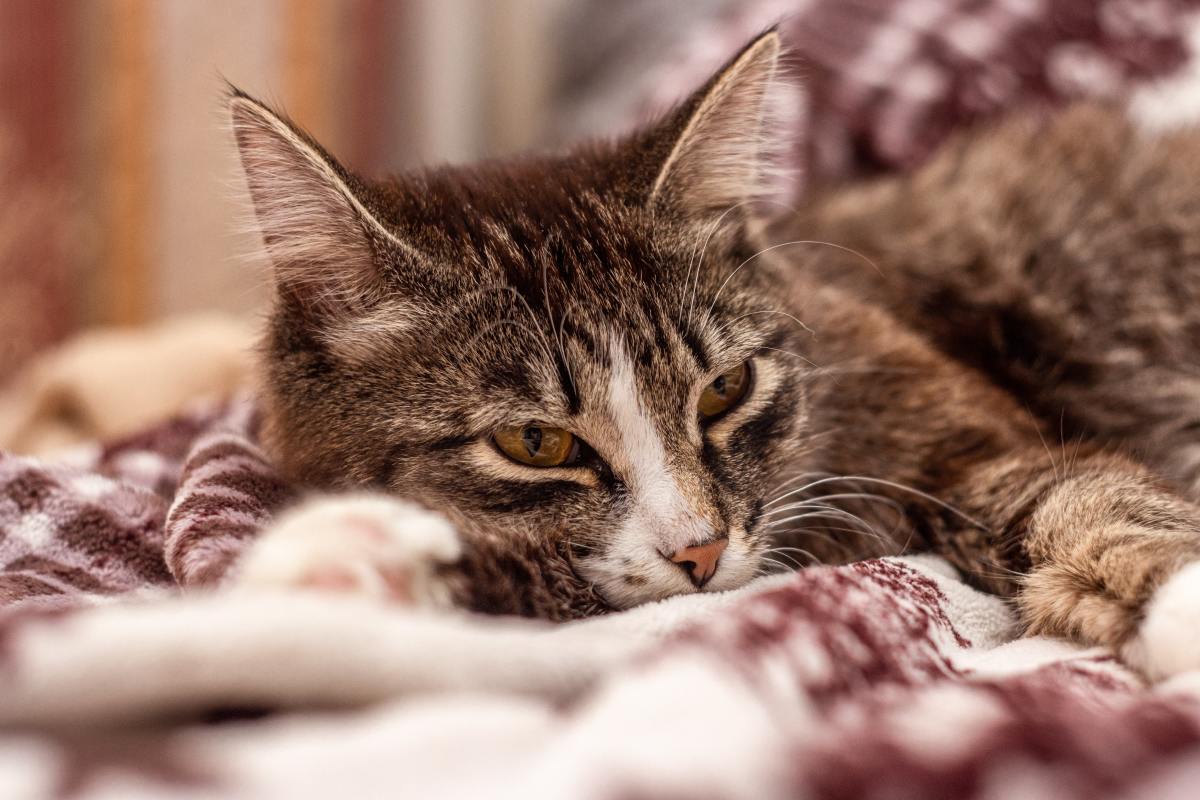How to Prepare Your Cats for Spay/Neuter Surgery (And Recovery Tips)

Spaying or neutering your cats for the first time can feel overwhelming. From fasting the night before to making sure they don’t rip their stitches afterward, there are a lot of details to manage.
I recently had both of my cats (Maddie and Alexander) spayed and neutered at a low-cost event in Mandaue City, Cebu. It was nerve-wracking and anxiety-inducing (surgery does come with risks), but in the end, everything turned out well.
In this guide, I’ll share exactly how we prepared, what happened on surgery day, and the steps we took to make recovery smoother.
If you’re planning to do the same for your cats, here’s what you need to know.
What Do Vets Require Before Cat Spay or Neuter Surgery?
Every vet or clinic may have slightly different requirements, but most follow the same general checklist. At Sugbo Animal Birth Control Veterinarians’ low-cost spay and neuter program in Mandaue, the rules were:
-
Cats must be healthy (no vomiting, diarrhea, or illness).
-
Not nursing.
-
Not in heat (surgery can proceed if they are, but it’s more complicated and bloody).
-
Good appetite and no major health issues.
-
Fasting required: no food or water for 8–12 hours before surgery.
-
Cats must arrive in secure crates or carriers.
The blood test (CBC) was optional for cats under 7 years old. Since Maddie and Alexander are only 1.5 years old, we didn’t do the blood test.
Also, for the low-cost program, Aspin (Asong Pinoy) and Puspin (Pusang Pinoy) pets were accepted. Purebred pets usually need to be spayed/neutered at private clinics.
How Do You Prepare Cats the Night Before Surgery?
The night before surgery can be stressful, especially if your cats are used to roaming outside. In our case, Maddie and Alexander are outdoor cats, so locking them indoors overnight was a challenge.
Here’s what worked for us:
-
Feed them dinner early. We made sure both cats had their fill before midnight, which was at least 9 hours before the event started at 9am the following day.
-
Set up a dedicated room. We cleared my son’s bedroom, added a litter box, and set up their crates.
-
Keep them secure. Outdoor cats are escape artists. We even monitored them with a CCTV camera until they knocked it over during their midnight zoomies!
-
Prepare for mess. We woke up to scattered litter and poop on the couch and bed. Waterproof covers and leather furniture saved us from disaster as they are relatively easy to clean.
Tip: Don’t underestimate how noisy your cats can get when they realize they’re locked inside. Maddie meowed all night long, while Alexander took it in stride.

What Should You Expect on Cat Spay and Neuter Day?
On the morning of surgery, we loaded the crates into the car and headed to Pacific Mall in Mandaue, where the low-cost event was being held by Sugbo Animal Birth Control Vets.
-
Car ride: Maddie screamed the whole way, while Alexander stayed silent.
-
Registration: We arrived around 9:15 a.m. and were already numbers 102 and 103. These events are popular, so expect long waits even if you’ve already paid to reserve a slot.
-
Waiting time: We sat for 4 hours before our turn, chatting with other pet parents.
-
The procedure: Cats are anesthetized quickly and whisked into the operating area. Alexander’s neuter took just 2 minutes, while Maddie’s spay lasted longer because she was pregnant, so they had to do an abortion. I think she was in there for about 15-20 minutes.
By the end of the day, nearly 200 animals had been spayed or neutered; proof that these programs are in high demand!
How Much Does Cat Spay and Neuter Cost in Cebu?
Prices vary depending on whether you go to a private clinic or a low-cost program. Here’s what we paid at Sugbo Vets’ low-cost program:
-
Maddie: ₱900 (spay) + ₱500 (abortion)
-
Alexander: ₱800 (neuter)
-
Medicines: ₱400 (antibiotic, pain reliever, vitamin C)
Total: ₱3,000 for both cats, including a ₱400 reservation fee.
For comparison, a private clinic had quoted me around ₱15,000 for the same procedures. If you’re on a budget, low-cost events are an excellent option, though you’ll need patience for long waiting times.
What Is Immediate Aftercare for Cats After Surgery?
Right after surgery, your cats may look “drunk” – wobbly, glassy-eyed, and confused. Don’t panic. This is normal as they recover from anesthesia.
The vet gave us these aftercare instructions:
-
Keep cats indoors for at least 5 days.
-
Prevent them from licking or biting their wounds.
-
Give all prescribed medications on schedule.
-
Monitor their appetite, litter box use, and energy levels.
Both Maddie and Alexander also received free anti-rabies shots before we left.
What Should You Do During the First 48 Hours of Cat Recovery?
The first two days at home are the trickiest. Here’s what worked for us:
-
Cones of shame: Both cats hated them and slipped them off immediately. We taped them more securely, and after a few hours of protest, they gave up.
-
Food and water: We started with wet food in small amounts as we thought it would be easier for them to chew and swallow, especially post-surgery. Be prepared for mess, as cones make eating awkward. When their appetite was back to normal, we switched back to dry food quickly to minimize spills.
-
Litter box: Keep it indoors and easily accessible. We placed ours in the living room so they didn’t have to walk far.
-
Quiet environment: Keep them away from other pets, noisy kids, or open doors where they might escape.
By Day 2, they were steadier, eating more normally, and moving around with less wobbling.

How Do You Give Cats Their Medication After Spay or Neuter?
Our cats were prescribed:
-
Co-Amoxiclav (antibiotic) → 1 ml twice a day for 7 days
-
Tolfenol (pain reliever) → 0.6 ml once a day for 5 days
-
Ascorbic Acid (vitamin C) → 2 ml once a day until finished
We bought cheap 3 ml syringes from the pharmacy (without needles). Giving meds was a two-person job: one held the cat securely by the scruff, while the other squirted the liquid into the throat.
Tip: Aim carefully so they swallow instead of spitting it out. By Day 3, we had a rhythm, though the cats clearly still hated it.
What Challenges Should You Expect During Cat Recovery?
Every cat is different, but here are common challenges we faced:
-
Escaping cones: They’ll do everything to remove them. Reinforce with tape or invest in a better collar.
-
Messy feeding: Wet food plus cones equals splattered floors. Dry food is easier.
-
Medication battles: Syringes work, but patience and teamwork are key.
-
Protests: Expect nonstop meowing, especially from vocal cats like Maddie.
When Should You Call the Vet After Cat Spay or Neuter?
Contact your vet immediately if you notice:
-
Excessive bleeding from the incision
-
Severe swelling or pus
-
Refusal to eat or drink after 24 hours
-
Extreme lethargy or difficulty waking up
-
Vomiting or diarrhea that doesn’t stop
It’s normal for cats to be groggy the first day, but trust your instincts. If something feels off, call.
What’s the Best Advice for First-Time Cat Owners?
Don’t underestimate the preparation and patience required. The surgery itself is routine, but the fasting, crating, medication, and recovery period can be stressful.
My best advice:
-
Prepare your supplies early (crates, cones, syringes, litter box).
-
Have an extra pair of hands to help with meds and monitoring.
-
Expect chaos the first night, but it gets easier.
-
Give your cats the tender, loving care they need during this challenging time. We gave them belly rubs whenever we could.
If you’re preparing your cats for surgery, what worries you most? Drop your thoughts in the comments! I’d love to share advice from my own experience.
This article is accurate and true to the best of the author’s knowledge. It is not meant to substitute for diagnosis, prognosis, treatment, prescription, or formal and individualized advice from a veterinary medical professional. Animals exhibiting signs and symptoms of distress should be seen by a veterinarian immediately.
© 2025 Angie D

